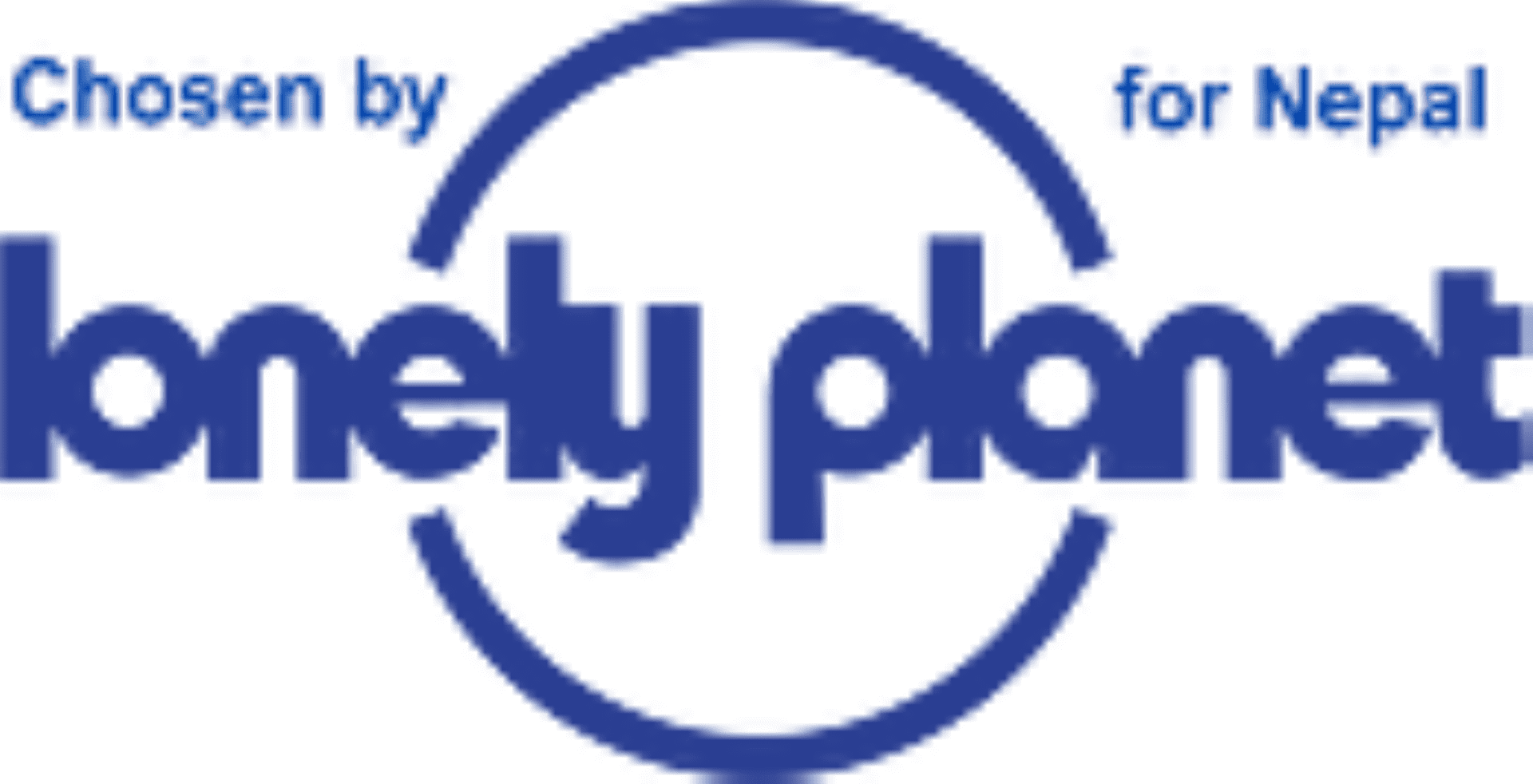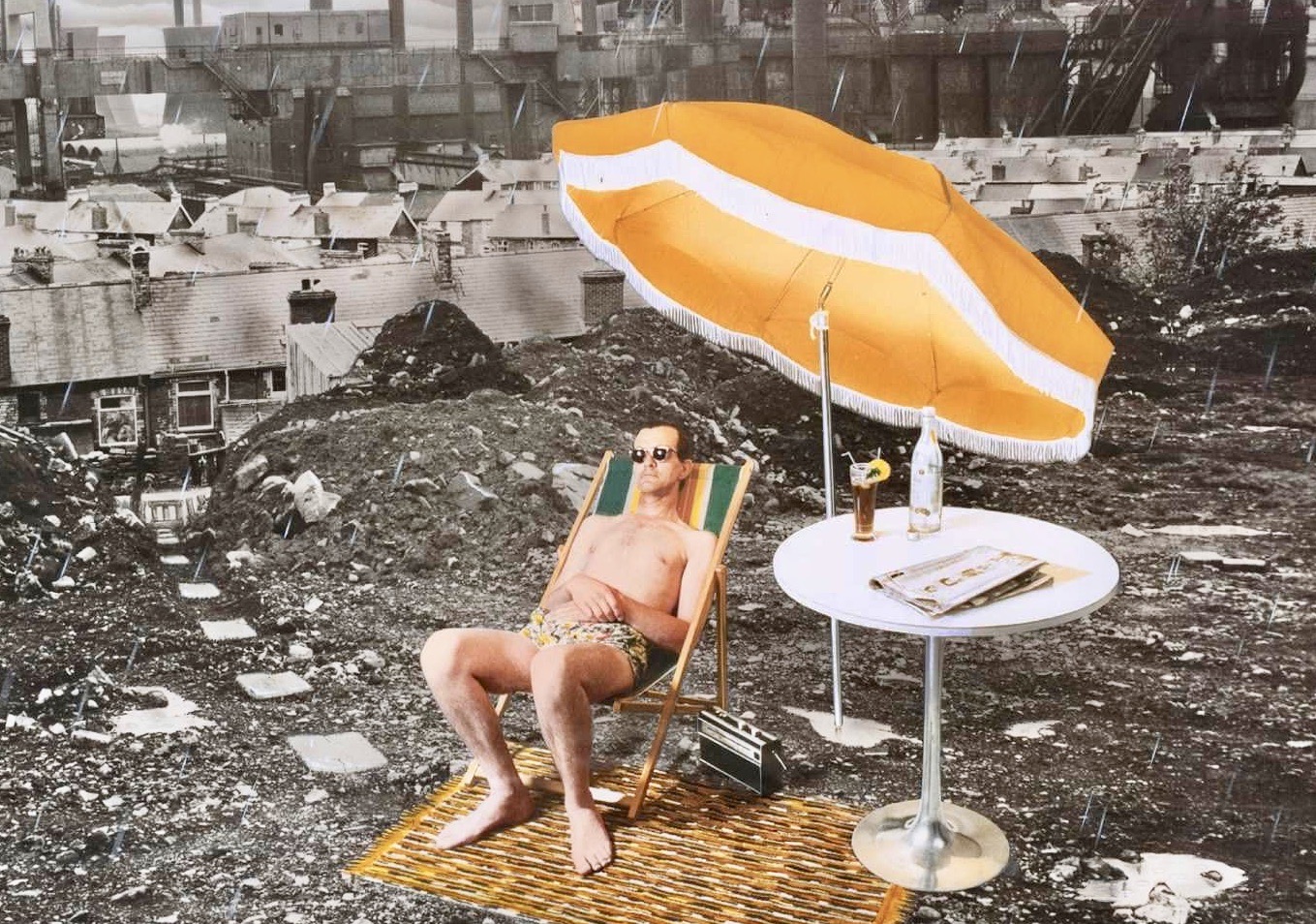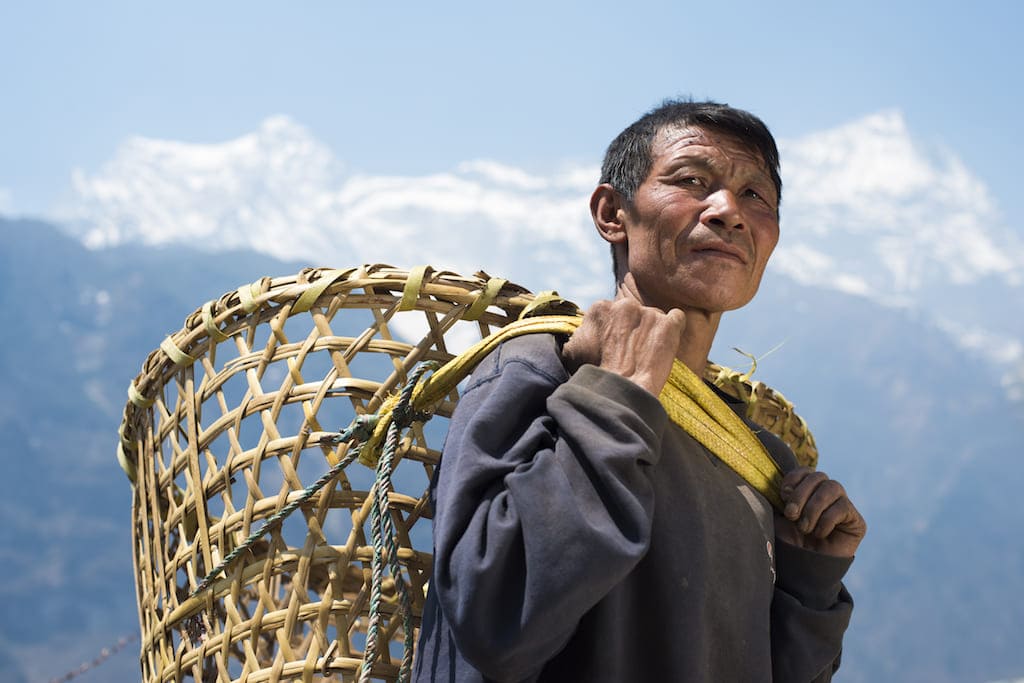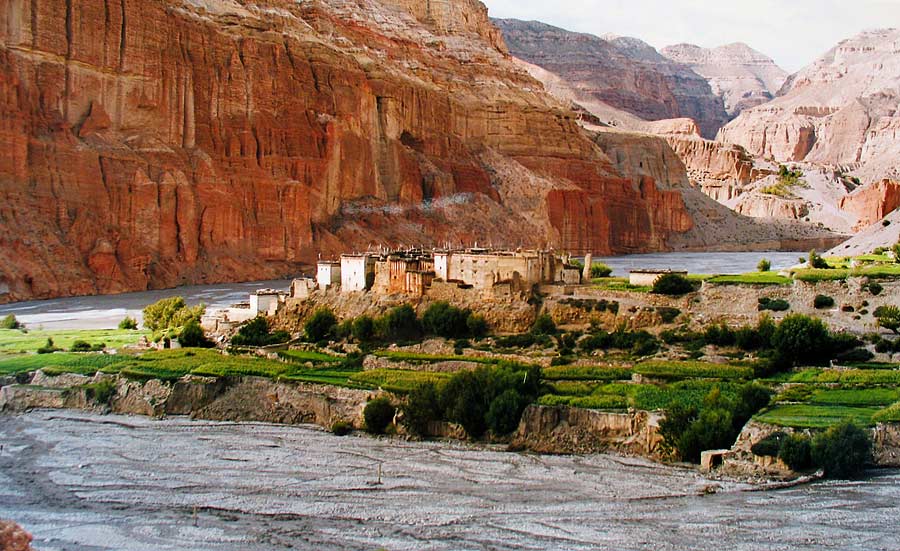You can contact us by e-mail or phone
from uk
01405 862917
outside uk
+44 1405 862917
01405 862917
+44 1405 862917
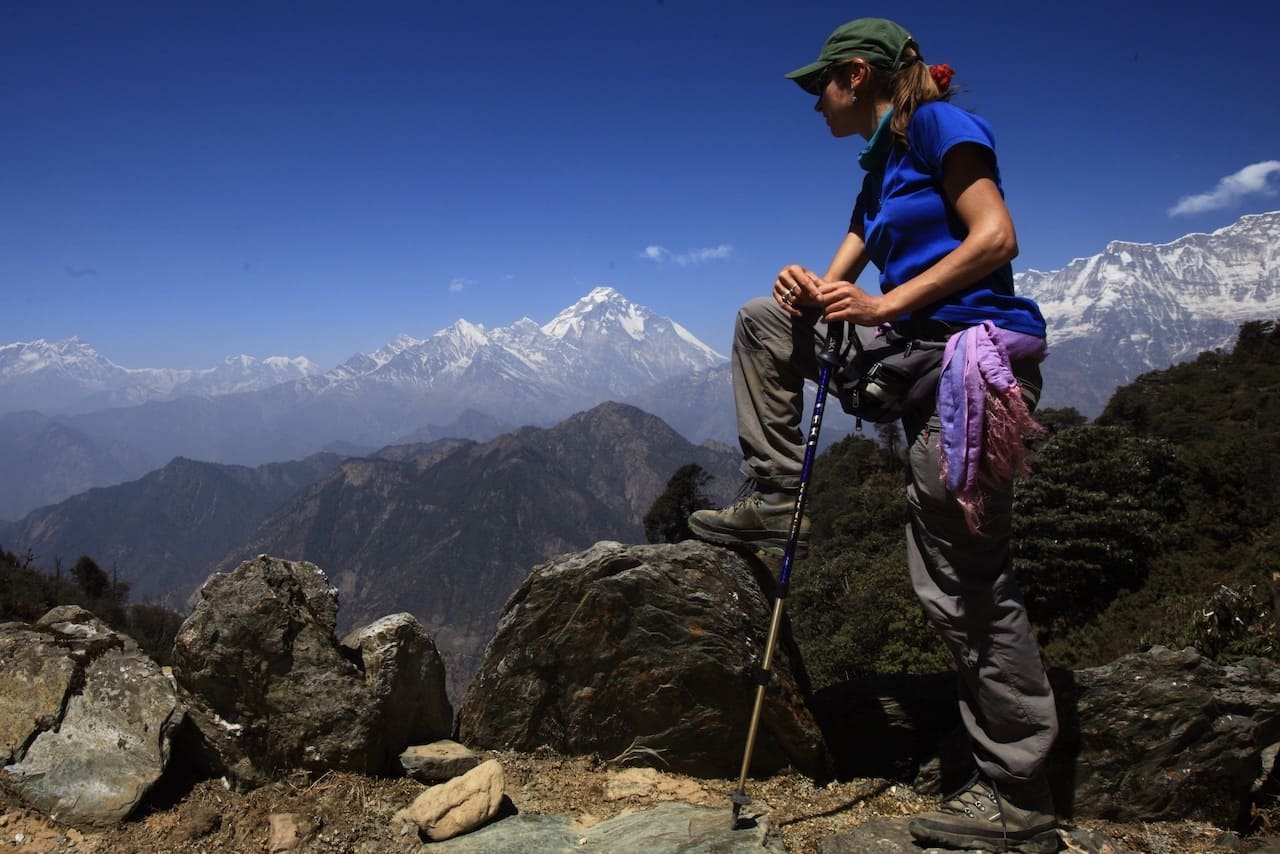
Nepal Trekking Permits
Snow Cat Travel - A UK registered trade mark
Actually, although still commonly referred to as trekking permits in Nepal, in some ways nowadays they are more of an entry permit into a specific area of Nepal. That’s because the only way to get around many parts of the Nepal Himalayas was by trekking.
Now that there are a few jeep roads in the Himalayas even if you’re not trekking, the same relevant permit and other fees will be applicable.
So, the permit is not for the activity i.e. trekking
Basically there are two levels of permits.
Open Areas
Restricted Areas
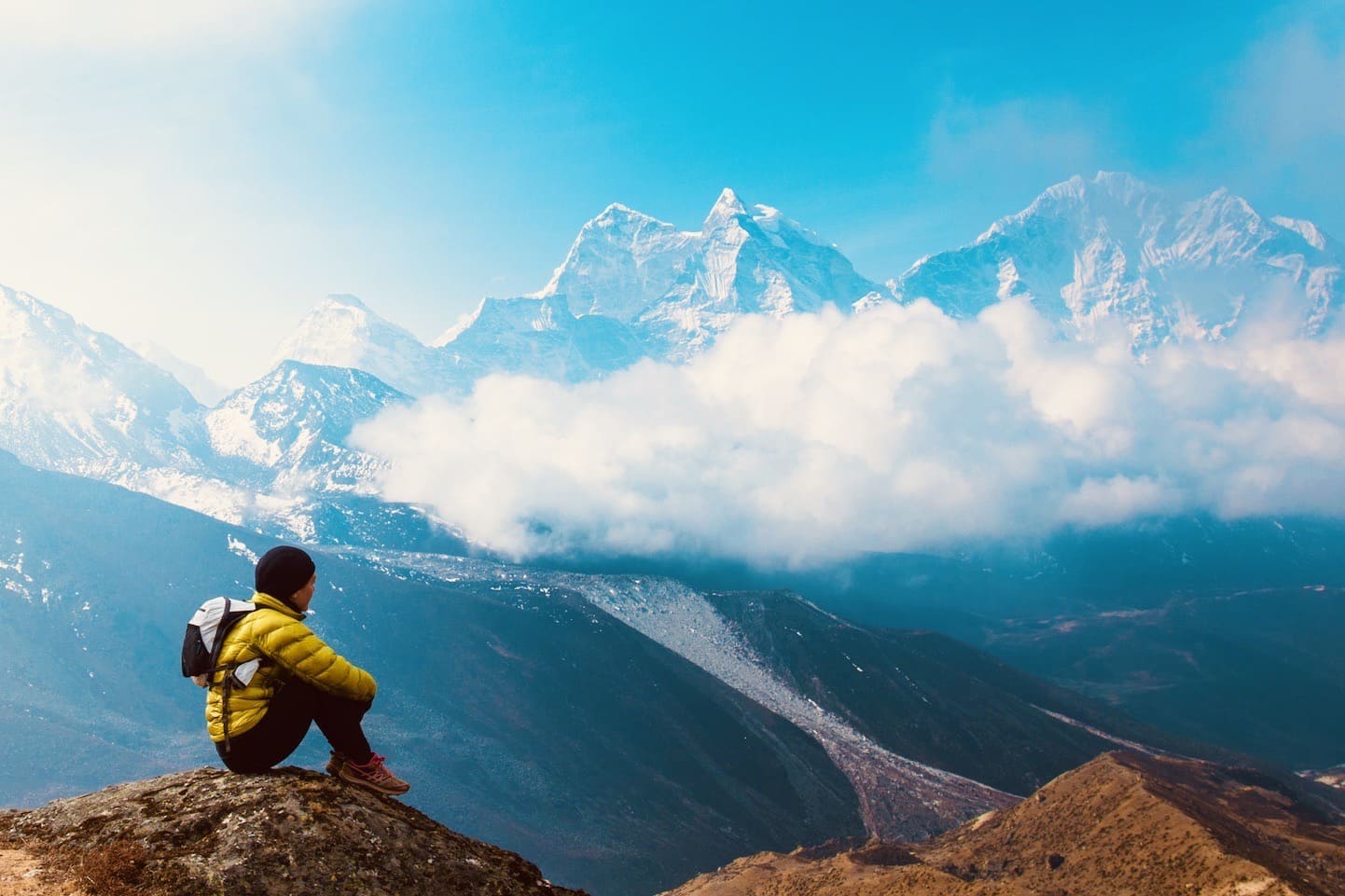
The “open areas” of the Nepal Himalayas are:
The Everest Region
The Annapurna Region
The Langtang Region
The permit costs for these areas are not that significant and at Snow Cat Travel we will include the permit costs in your overall custom trip price.
Snow Cat Travel will arrange the relevant trek permit in advance. Presently we do this online and with the information provided in your booking form. You’ll be given your trek permit at your pre-trip briefing in Kathmandu or your Trek Guide will have it
You do not need to send a passport photo scan or a scan of your passport details page anymore.
It’s as easy as that. At the moment!
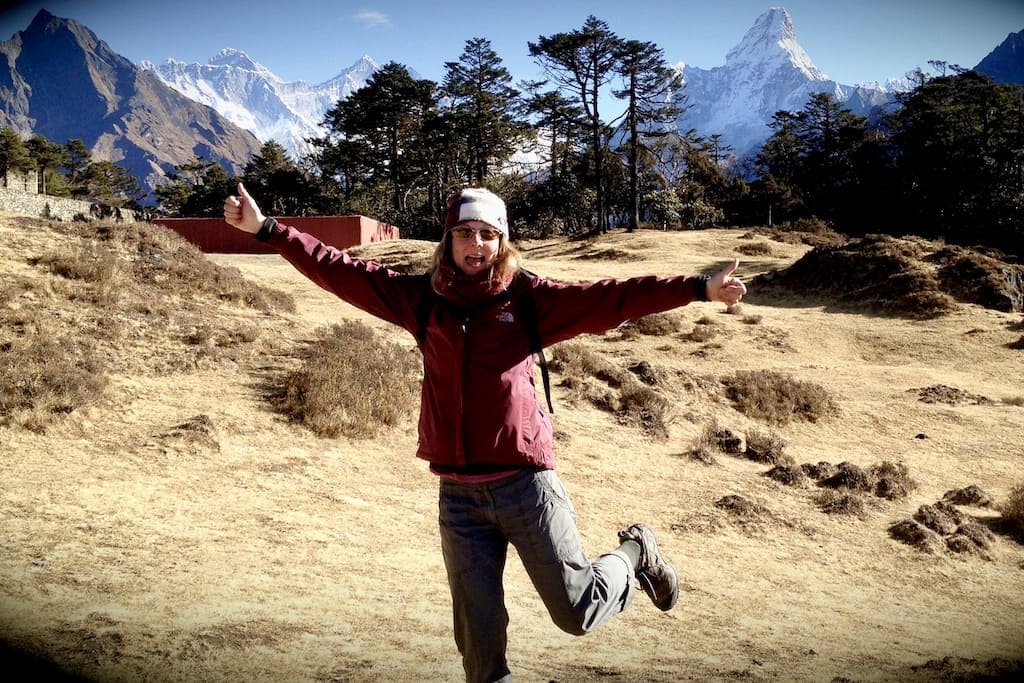
The restricted areas of the Nepal Himalayas are “everywhere else other than the Everest, Annapurna and Langtang” regions.
We’ve listed all these areas further below along with the current permit costs.
Historically these restricted areas were restricted more due to political sensitivity e.g a border with Tibet. However, these restricted areas have by and large remained more culturally intact as around 85% of all trekkers in Nepal trek in one of the three “open areas”, leaving the vast expanses of the “restricted areas” for the remaining 15% to enjoy a more authentic Himalayan trekking experience.
For example, the Everest region probably gets as many trekkers in just one day as the Kangchenjunga region in the far east of Nepal gets in an entire year!
Restricted area permits are invariably more costly than the “open areas”…..some are very costly.
Restricted area permit costs are usually for a specific number of days too. So, if your trek or jeep trip is longer, then there’ll be additional daily permit costs involved in the overall restricted area permit cost.
For these reasons at Snow Cat Travel we advise the restricted area permit cost separately from the trip cost.
There are some additional “rules” when it comes to obtaining your restricted area permits.
Presently these permits cannot be obtained in advance or online.
We have to send one of our team members to the permit issuing office in Kathmandu with your original passport AND a couple of passport style photo’s.
This means we can only commence the permit application process after you have arrived in Kathmandu.
To get your permits on your arrival day means we have to have our team member at the permit office (with your passport and photo’s) NO LATER THAN 1000hrs. The permit office is open Sunday-Thursday, Friday Mornings, and all day Saturday. The permit office is also closed on Nepali Public holidays.
In most instances getting a restricted area permit on your arrival day is nigh on impossible.
So, if you’re thinking of visiting a restricted area to trek or tour its best to accept that you’ll need (probably) two nights in Kathmandu first.
Restricted area permits are issued on a minimum of two persons.
That does not mean that if you’re a solo trekker or traveller you can’t visit a restricted area.
You can! But, unfortunately you’ll have to pay the total cost as if it were a permit for two persons i.e. double. At the time of writing (October 2024) this is supposed to be “under review”, but don’t hold your breath!
There are other rules with regards to a restricted area permit, although they are somewhat academic if you’re booking with Snow Cat Travel. Basically permits are only issued via licensed operators and on the basis that a licensed guide will be accompanying the party.
To reach some restricted areas e.g. Mustang or Nar Phu involves travelling through one of the “open areas” and so you’d also need a permit for one of those where applicable.
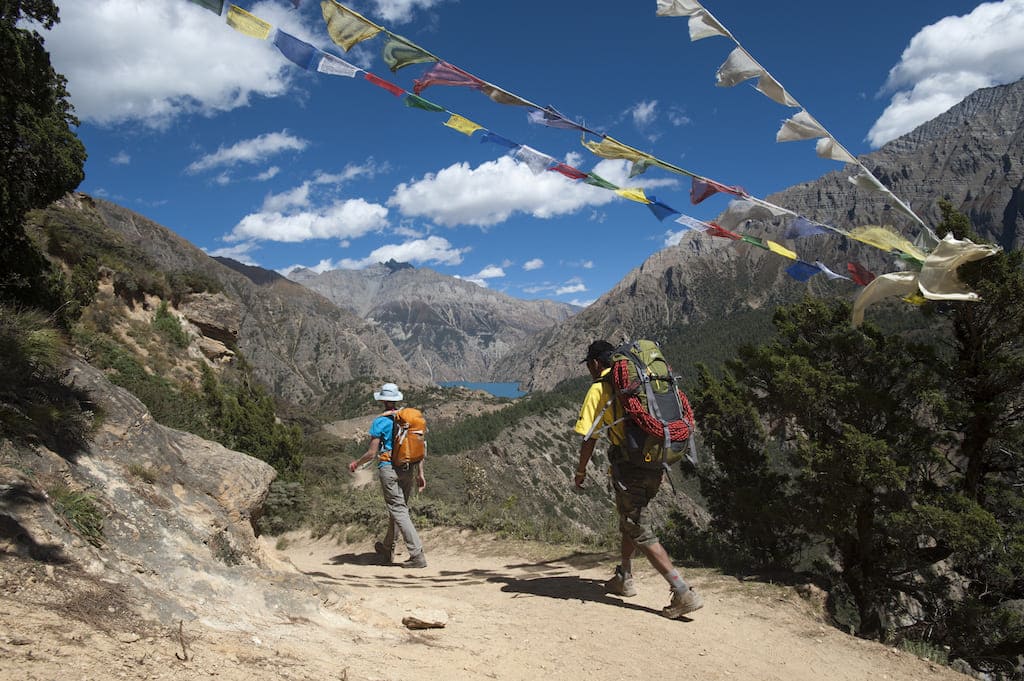
Restricted Area Permit Costs
We’ve outlined below the main (but not all) restricted areas and permit costs for guidance purposes only. These costs are per person and assuming a minimum of two persons.
Upper Mustang - $US 500 for ten days in Upper Mustang. Additional days cost $US 50 per day.
Upper Dolpo - $US 530 (cost based on the Dolpo and Crystal Mountain Trek)
Phoksundo Lake - $US 20 (cost based on Phoksundo Lake Trek)
Kangchenjunga - $US 60 (cost based on Kangchenjunga North and South Basecamp Trek)
Manaslu Circuit - $US 130 (cost based on Manaslu Circuit Trek)
Makalu - $US 60 (cost based on Makalu Base Camp Trek)
Tsum Valley - $US 140 (cost based on Tsum Valley Trek)
Nar Phu - $US 115 (cost based on Secret Himalayas-Nar Phu Trek)
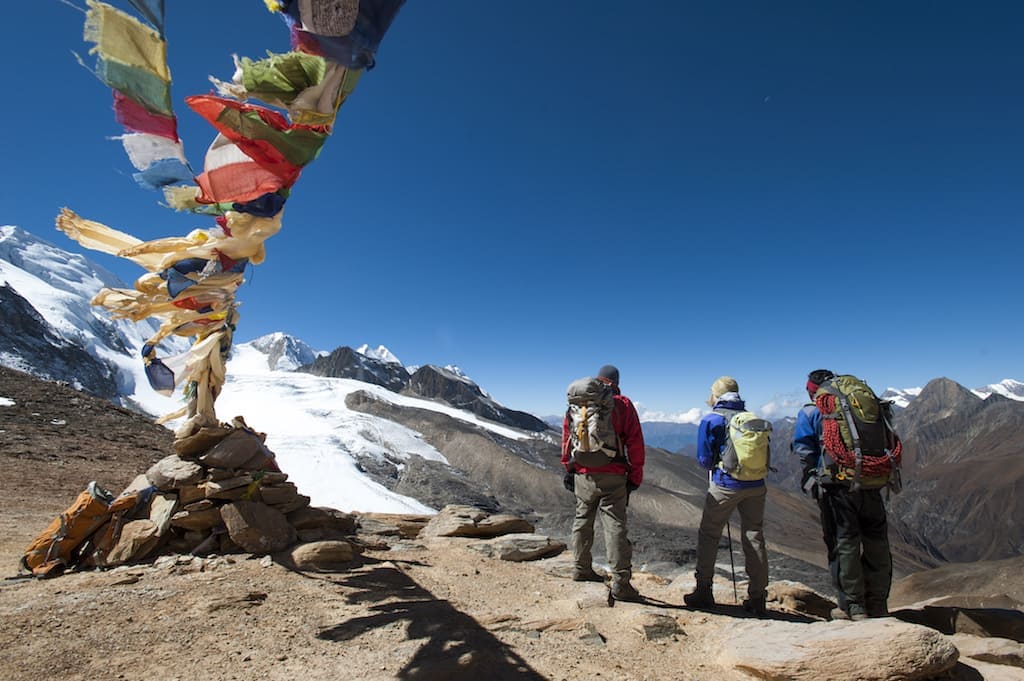
Regrettably some more localised areas (e.g. a municipality or community) that a trek or jeep road passes through are starting to introduce their own rather contentious “entry” fee’s. Where we are aware of these we endeavour to include these in your overall trip cost. However, they are not always introduced in “good faith” i.e. they are done rather sneakily, or at very short notice and we can’t always predict or take these into account, although thankfully the charges are usually nominal.
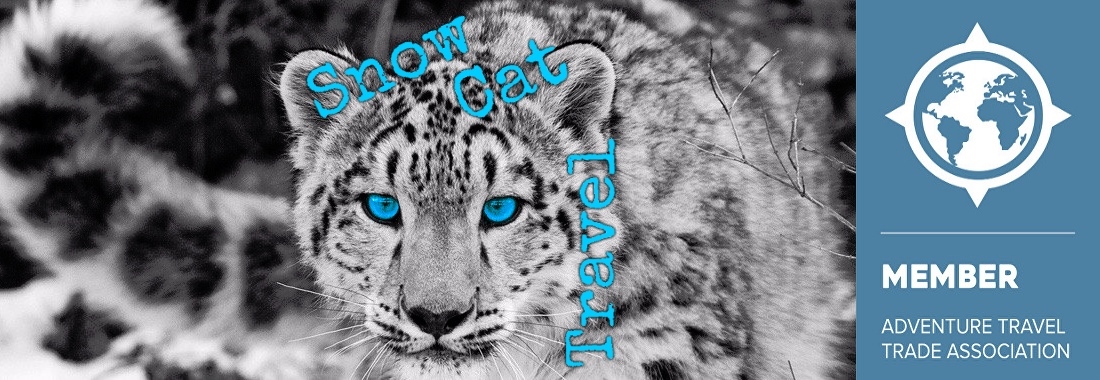

All rights reserved. Snow Cat Travel is a Registered Trade Mark UK 00003289264
